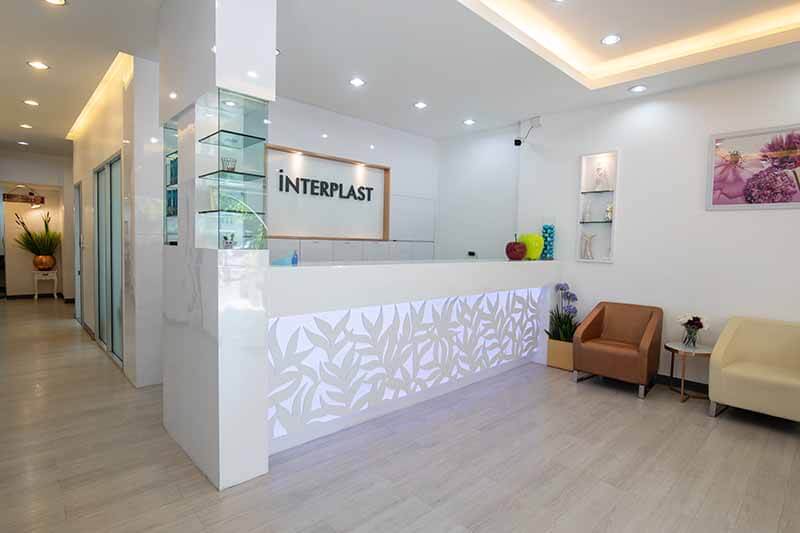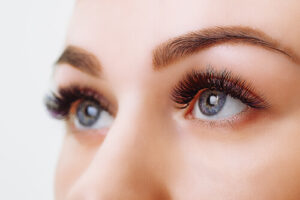Recovery After Upper Blepharoplasty: What to Expect
Upper blepharoplasty, commonly known as an eyelid lift, is a popular cosmetic procedure for both men and women seeking a refreshed and youthful appearance. By removing excess skin, muscle, and fat from the upper eyelids, this relatively simple surgery can significantly rejuvenate the eye area. If you are considering or have scheduled an upper blepharoplasty, understanding the recovery process is key to achieving the best possible outcome.
Table of Contents
Before Surgery
First of all, preparation is everything. It’s important that you follow pre-operative instructions and manage your expectations. Here are a few things you’ll need to do before surgery to prepare you for the best outcomes.
Before your procedure, you should avoid anything that may cause bleeding or elevate your blood pressure. You will need to stop taking anything that may thin your blood, such as aspirin, an vitamin E supplements, as well as nutritional supplements such as fish oil, and gingko biloba, or anything that thins the blood since they may cause bleeding and or inflammation and may prolong your recovery from the procedure.
Your blood pressure needs to be stable. Uncontrolled high blood pressure can increase surgical risks and affect healing. If you have high blood pressure, consult your doctor to ensure it is well-managed before your procedure.
If you’re a smoker, you’re strongly advised to stop smoking at least two weeks before the operation. Smoking can impair healing by restricting blood flow and increasing the possibility of inflammation. Ideally, you should also abstain from smoking for at least two weeks post-surgery to promote faster recovery and reduce complications.

First Few Days (Days 1-3)
Some bruising and swelling is normal in the first few days after surgery. Your eyelids may appear puffy, and you might notice some discoloration around your eyes. This is a normal part of the healing process.
We recommend applying a cold compress to your eyelids for the first three days to help with swelling. Keep your head propped up and stay on your back. This helps with swelling and takes the pressure off your incisions. Don’t sleep on your side or face-down.
The surgery itself is painless, and you won’t be in any severe pain following surgery. There may be some mild discomfort, but this can be managed with over the counter pain medication. The best medication for any pain or discomfort at this stage is paracetamol (acetaminophen).
You’ll be able to see normally and function normally and drive. However, it’s important to avoid anything strenuous that could put stress on your incisions. At this stage, the focus is on protecting the healing tissue. Excessive movement, bending, or lifting could risk opening the scar, so it’s best to take things easy.
You might want to download some audiobooks or listen to podcasts instead of reading or watching TV to prevent eye strain.
Days 4-7
At this stage, you’ll start to notice the swelling and bruising going down, and overall, you should feel more comfortable. We recommend switching from cold to warm compresses, as this helps increase blood flow to the area. This improved circulation brings more oxygen and nutrients to the healing tissues, which can reduce stiffness, promote faster recovery, and help clear any lingering bruising. Simply soak a clean cloth in warm (not hot) water, wring out the excess, and gently place it over your eyes for a few minutes several times a day.
Keep an eye on your incisions for any signs of infection, such as increased redness, ongoing pain, or unusual discharge. Complications are rare, but if anything feels off, contact your surgical team. Stitches are usually removed around days five to seven, which should help relieve any tightness or discomfort.
Walking around and light exercise is absolutely fine, but avoid anything strenuous. No heavy lifting, intense exercise, or activities that could put pressure on the healing area.
One Week After Surgery
By the one-week mark, most of the major swelling and discomfort should be improving, and many people feel ready to return to work. The incisions are well-concealed in the natural creases of the eyelid, so they shouldn’t be very noticeable. If you feel self-conscious, you could put your glasses on (if you wear them) and they will effectively cover any signs of surgery.
You can go about your normal routine, but use common sense and continue to avoid anything too strenuous that might stretch your incisions. Activities that significantly raise your heart rate, like running or heavy lifting, should still be avoided to prevent excessive swelling or bleeding.
When heading outside, wearing sunglasses can help protect the healing skin from sun exposure and reduce irritation from wind or bright lights. Around this time, you can also start using gentle skincare, including doctor-approved creams or ointments, to support scar healing.
Two Weeks After Surgery
By this point, most people have returned to work and their usual routines. However, if you have an important event like a wedding or a big presentation at work, it would be best to schedule it at least three weeks after surgery to allow extra time just in case.
Continue to avoid heavy lifting or intense workouts that could put strain on the healing area for another few weeks. While swelling should be mostly resolved, some minor puffiness—especially in the morning—can still occur.
The incision lines will still be red at this stage, which is completely normal. It can take a few months for them to fully fade.
Long-Term Results
Upper blepharoplasty is one of the most effective anti-aging procedures for rejuvenating the eyes and creating a more youthful, refreshed appearance. By removing excess skin and puffiness, it not only enhances the way you look but can also make your eyes feel lighter and more open. Most patients are highly satisfied with their results, as the procedure provides long-lasting improvements that can be enjoyed for years.

Upper Blepharoplasty at Interplast Clinic Bangkok
Considering blepharoplasty in Bangkok? An experienced plastic surgeon can assess your individual needs, and determine whether this surgery will effectively address your concerns.
Schedule a consultation with a qualified plastic surgeon at Interplast Clinic. Take the first step towards reclaiming your confidence today!














